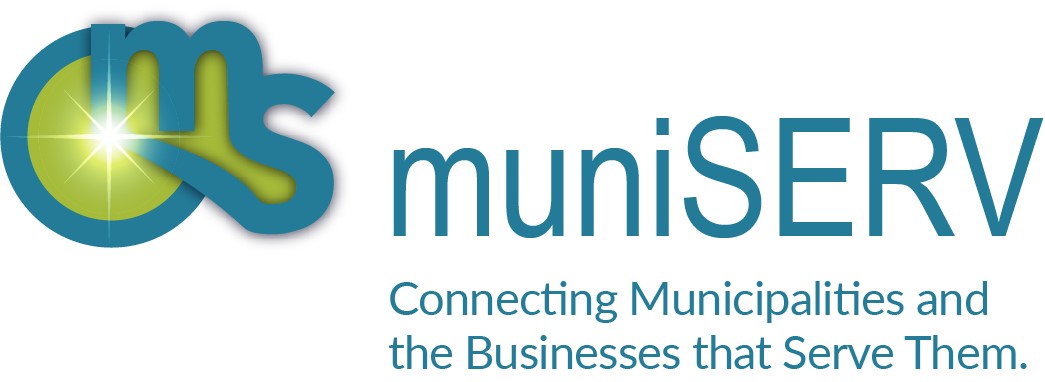This cloud-based Human Resources Information System (HRIS) platform is two dimensional. Specifically, the municipality’s Performance Expectations and also the municipality’s Cultural, Behavioural, and Values Expectations.
This HRIS platform measures and focuses on an employee and/or manager successfully achieving the municipality’s performance expectations and also their alignment with the culture, values, behavior expectations of the organization.
This, information-rich HRIS provides a centralized, user friendly, comprehensive system of employee information to provide managers and employees with several dimensions of support and develop progress information such as their individual action plan and goal management; 360 degree feedback; individual modifications required; recognition and celebration of their achievements; and several other key performance indicators (KPI) critical to achieving one’s fullest potential in the organization as an employee and/or manager during their employment journey or during onboarding.

The result is to achieve continuous feedback to facilitate clarity of purpose, understanding, and the integration of a plan of action between a manager and an employee; inspiring staff since they feel engaged, supported, and coached on becoming more successful; employees feeling that their viewpoints are respected during a development and coaching process; increases employee workplace satisfaction; increases retention of high performers; identification of areas where an employees needs support to become more successful within the organization; and provides a “Performance-Values Matrix” diagram showing an employee and their manager where the employee is positioned on achieving the performance expectations and the cultural/values/behavioural expectations of the municipality.
If you would like more information, feel free to contact me or visit the Cultural Tools tab of our website https://crossculturalconnecting.com where additional information is provided as well as a link to a demonstration video.
Bill Dennis, B.Com., MBA, CSP(Distinction)
President & CEO, Cultural & Generational Training
Burlington, Ontario
















